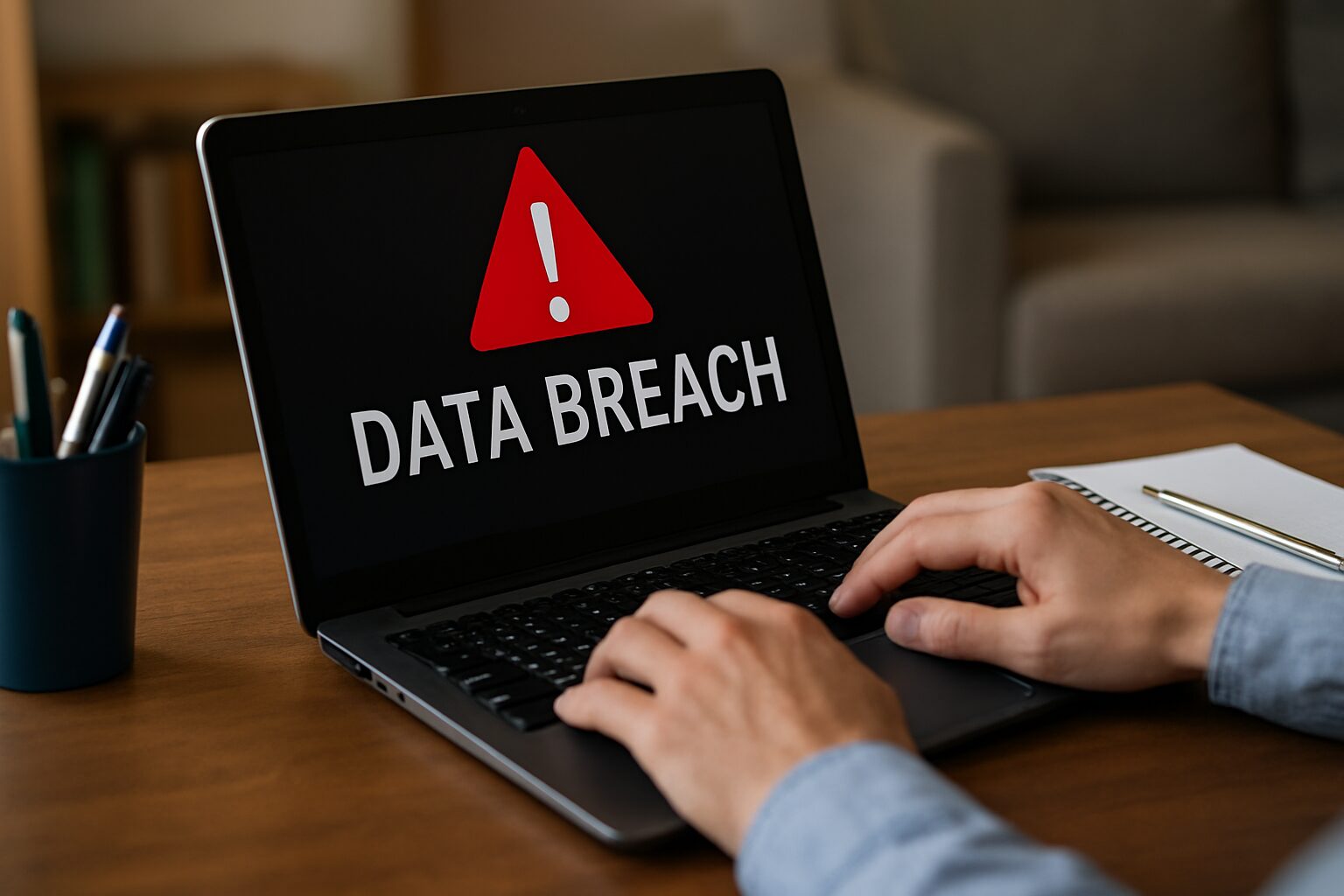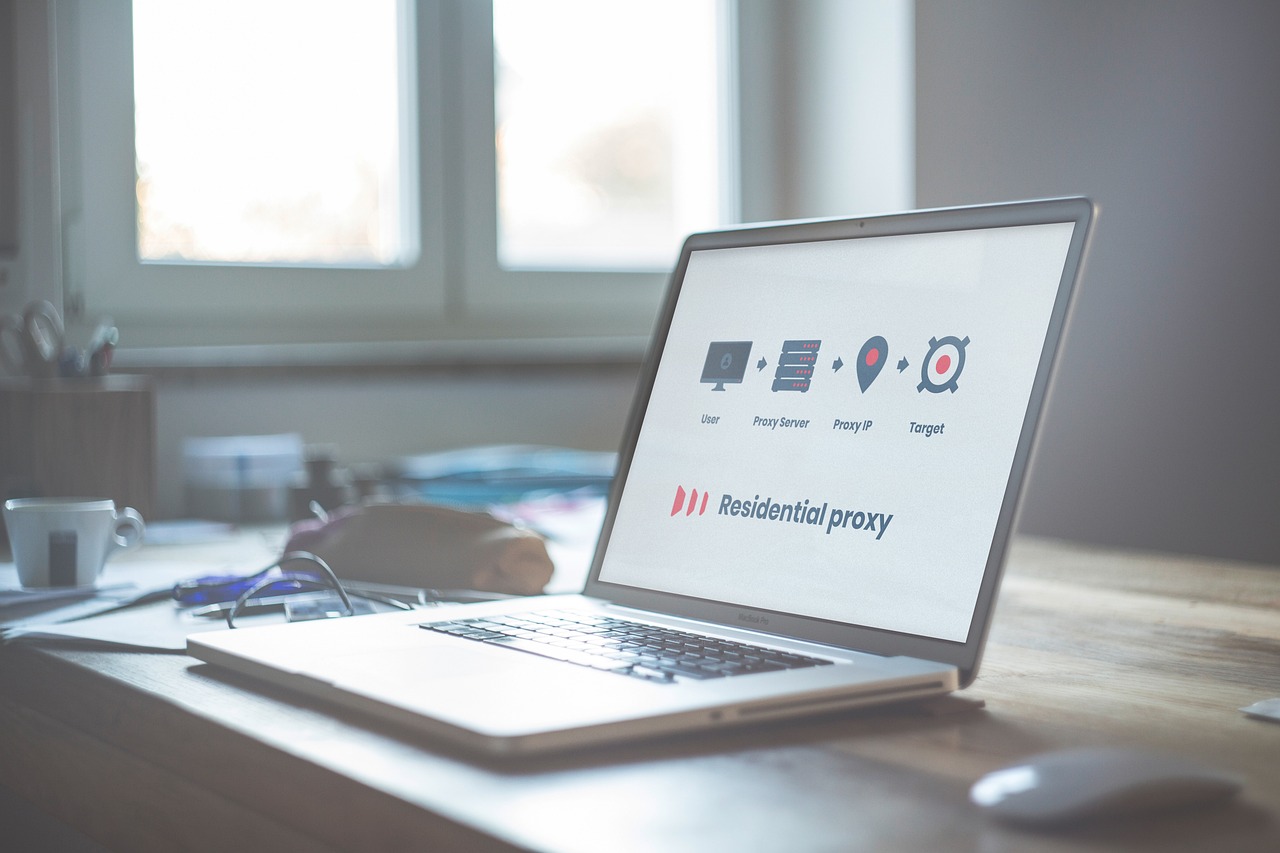In today’s digital age, protecting your personal information is more crucial than ever. A data breach occurs when unauthorized individuals gain access to sensitive data, such as names, addresses, credit card numbers, or health records. These breaches can lead to identity theft, financial loss, and a loss of trust in the affected organizations.
Why It Matters:
In 2024, the global average cost of a data breach reached $4.88 million, marking a significant increase from previous years. Additionally, human error accounted for 95% of data breaches, emphasizing the importance of vigilance and proactive measures.
Common Causes of Data Breaches
Understanding the root causes of data breaches can help in preventing them:
- Weak Passwords and Reused Credentials:
Using simple or repeated passwords across multiple sites makes it easier for hackers to gain unauthorized access. - Phishing Attacks and Social Engineering:
Cybercriminals often trick individuals into revealing personal information through deceptive emails or messages. - Malware and Ransomware Attacks:
Malicious software can infiltrate systems, leading to data theft or encryption until a ransom is paid. - Unsecured Networks and Devices:
Accessing sensitive information over public Wi-Fi or using outdated devices can expose data to threats. - Insider Threats:
Employees or contractors with access to sensitive data may intentionally or unintentionally cause breaches.
Signs Your Data May Have Been Breached
Be alert to the following indicators:
- Unusual Account Activity: Unexpected logins or transactions.
- Unexpected Password Reset Emails: Receiving reset requests you didn’t initiate.
- Unfamiliar Transactions or Charges: Noticing purchases or withdrawals you didn’t make.
- Notifications from Companies About Breaches: Alerts from organizations informing you of potential data compromises.
Steps to Prevent a Data Breach
Strengthen Your Passwords
- Use Strong, Unique Passwords: Combine letters, numbers, and symbols.
- Enable Two-Factor Authentication (2FA): Adds an extra layer of security.
- Consider Password Managers: Helps in creating and storing complex passwords.
Secure Your Devices
- Keep Software and Apps Updated: Regular updates patch security vulnerabilities.
- Use Antivirus and Anti-Malware Tools: Detect and remove malicious software.
- Avoid Public Wi-Fi for Sensitive Transactions: Use a VPN if necessary.
Be Cautious Online
- Recognize Phishing Emails and Scams: Be wary of unsolicited requests for personal information.
- Limit Personal Information Shared Online: Be mindful of what you post on social media.
- Check Website Security (HTTPS) Before Entering Data: Look for “https://” in the URL.
Protect Your Accounts and Data
- Regularly Monitor Bank and Credit Accounts: Quickly spot unauthorized transactions.
- Enable Alerts for Suspicious Activity: Receive notifications of unusual actions.
- Backup Important Data Securely: Use encrypted backups to protect against data loss.
Steps to Take If Your Data Is Breached
If you suspect a breach:
- Change Compromised Passwords Immediately: Secure your accounts.
- Monitor Accounts for Fraudulent Activity: Look for unauthorized transactions.
- Contact Affected Institutions or Authorities: Report the breach to relevant parties.
- Consider Credit Monitoring Services: Helps in detecting and preventing identity theft.
Best Practices for Long-Term Data Security
- Stay Informed About the Latest Security Threats: Regularly update your knowledge on cybersecurity.
- Use Encrypted Communication When Possible: Protects data during transmission.
- Educate Family Members or Employees on Security: Promotes a culture of security awareness.
Conclusion
Preventing data breaches requires vigilance, education, and proactive measures. By understanding the causes and signs of breaches and implementing strong security practices, you can protect your personal information from cyber threats.
FAQ Section
1: What is a data breach?
A data breach occurs when unauthorized individuals access sensitive personal information, potentially leading to identity theft or financial loss.
2: How do hackers steal personal information?
Hackers often use techniques like phishing, malware, and exploiting weak passwords to gain access to personal data.
3: Can data breaches be completely prevented?
While it’s challenging to eliminate all risks, implementing strong security practices can significantly reduce the likelihood of a breach.
4: What should I do immediately after a data breach?
Change your passwords, monitor your accounts for unusual activity, report the breach to relevant authorities, and consider credit monitoring services.
5: How can I tell if my personal data has been compromised?
Look out for unusual account activity, unexpected password reset emails, unfamiliar charges, or breach notifications from companies you use.
6: Are public Wi-Fi networks safe for online banking or shopping?
Public Wi-Fi is risky for sensitive transactions. Use a trusted VPN or avoid accessing financial accounts on unsecured networks.
7: What long-term steps can I take to protect my data?
Stay updated on cybersecurity threats, educate family or employees about safe practices, use encrypted communication, and regularly back up important data securely.



